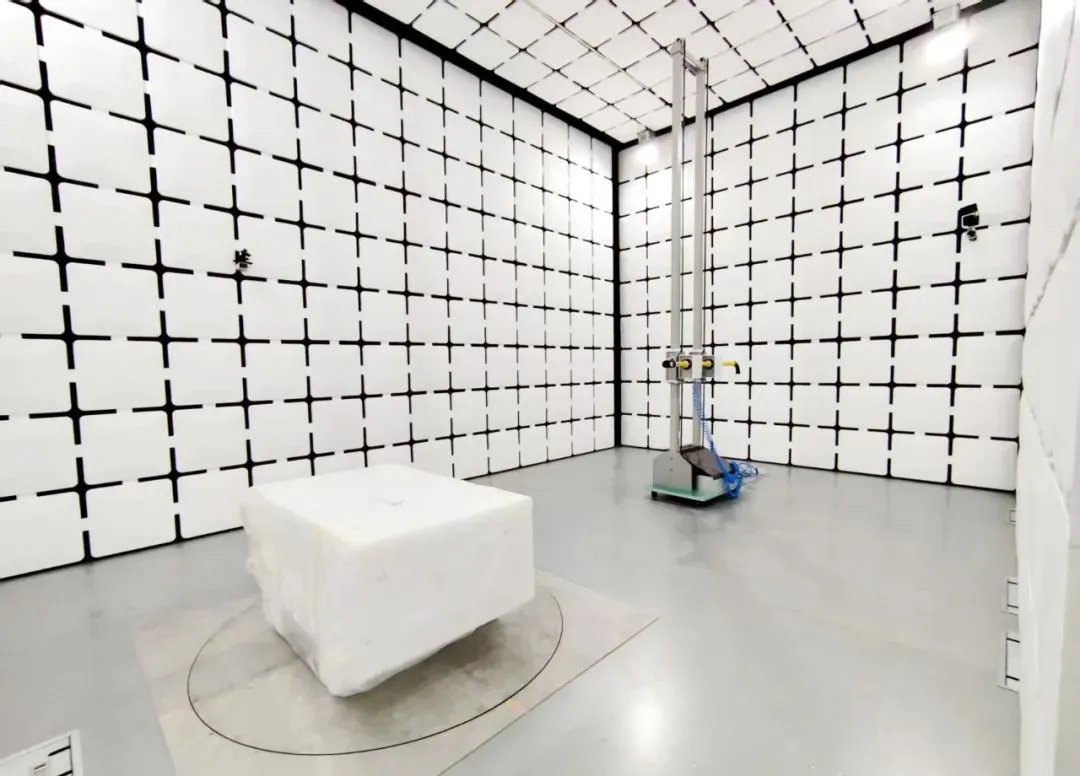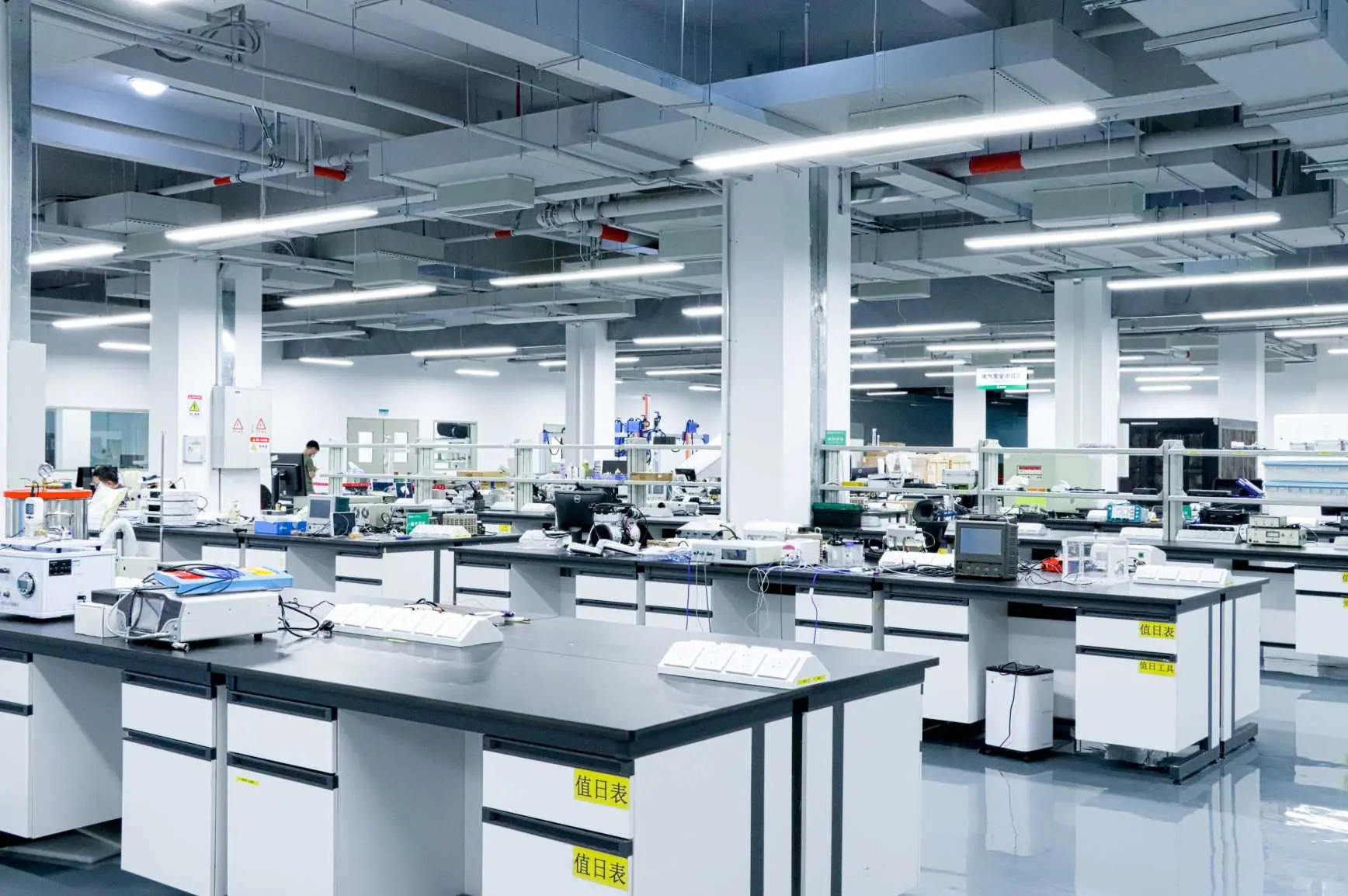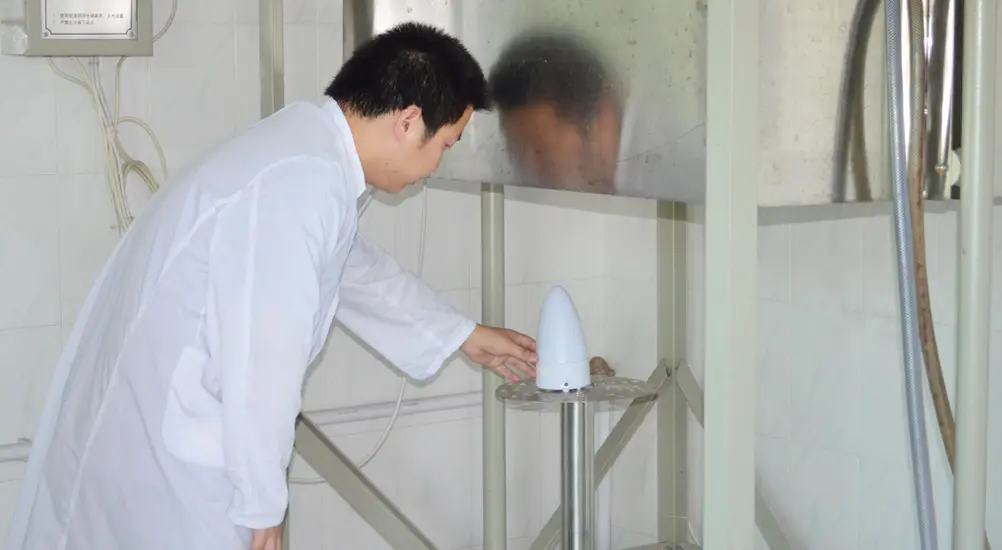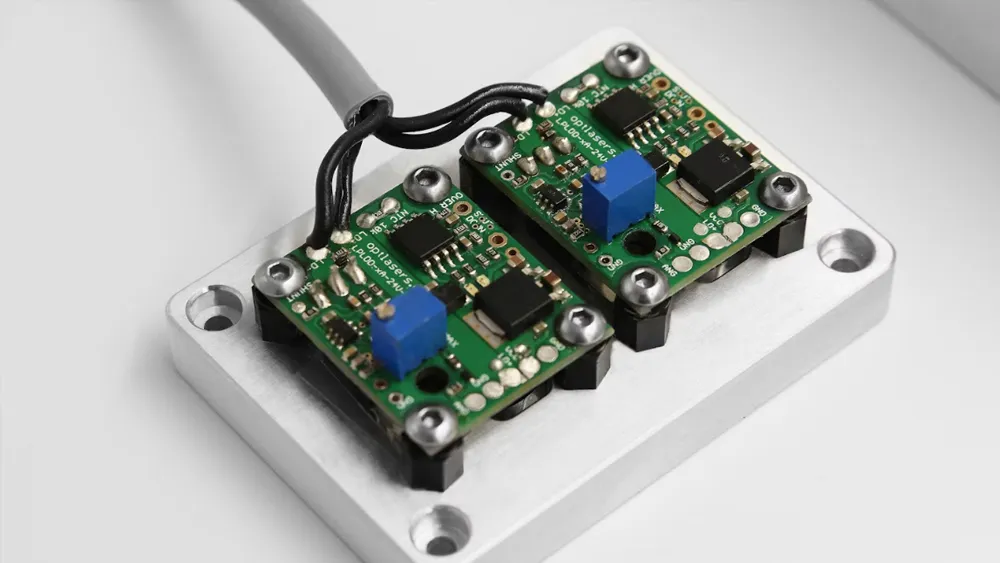
Protection Level Testing
Application Areas of Reliability Testing: Electronic appliances, smart home products, information technology, audio and video mULtimedia products, high-power photovoltaic inverter products, lighting products, small appliances and power tools, medical devices, rail transit products, security products, charging pile equipment, industrial products.

With the advancement of technology, various electronic products have become indispensable in our daily lives. However, their reliability and safety in harsh environmental conditions have become a key focus. IPXX protection level testing is particularly important.
Meaning of IP Protection Level
IP stands for International Protection, which refers to internationally recognized protection levels. The IP level is a rating for the protection of electrical equipment enclosures against the ingress of foreign objects, particularly solids.
IP Dust and Waterproof Testing Standards:
IEC/EN 60529 - Enclosure Protection Level (IP Code)
Dust Protection Level (First X):
- IP0X: No protection.
- IP1X: Prevents entry of solid objects larger than 50mm.
- IP2X: Prevents entry of solid objects larger than 12mm.
- IP3X: Prevents entry of solid objects larger than 2.5mm.
- IP4X: Prevents entry of solid objects larger than 1mm.
- IP5X: Prevents harmful dust accumulation.
- IP6X: Completely dustproof.
Water Protection Level (Second X):
- IPX0: No protection.
- IPX1: Protects against vertically falling water (drips).
- IPX2: Protects against tilted water flow (up to 15°).
- IPX3: Protects against spray water (up to 60°).
- IPX4: Protects against splashing water from all directions.
- IPX5: Protects against low-pressure water jets (6.3mm nozzle).
- IPX6: Protects against strong water jets (12.5mm nozzle).
- IPX7: Protects against temporary immersion in water (to a specified time and depth).
- IPX8: Protects against continuous immersion in water while maintaining normal operation.
Dust Protection Testing Standards
The first X in IPXX represents dust protection levels:
- 0: No protection.
- 1: Prevents large solid objects from entering.
- 2: Prevents medium-sized solids from entering.
- 3: Prevents small solids from entering.
- 4: Prevents solids larger than 1mm from entering.
- 5: Prevents harmful dust accumulation.
- 6: Completely dustproof.
Water Protection Testing Standards
The second X in IPXX represents water protection levels:
- 0: No protection.
- 1: No effect from water drops entering the enclosure.
- 2: No effect from water drops entering the enclosure when tilted at 15°.
- 3: No effect from water or rainwater entering at a 60° angle.
- 4: No effect from liquids splashing from any direction.
- 4K: Protection against water jets from any direction under pressure (for road vehicles).
- 5: Protection against water jets from a nozzle.
- 6: Protection against strong water jets under pressure.
- 7: Can withstand immersion in water up to 1m for short periods.
- 8: Can withstand long-term immersion under pressure.
- 9K: Protection against high-pressure steam jets (for road vehicles).
Common Dust and Water Tests
- IP53:
- Dust Protection: Prevents particles larger than 2.5mm from entering.
- Water Protection: Protection against water splashes from all directions.
- Advantage: Good dust and splash protection, suitable for general indoor and outdoor use.
- IP65:
- Dust Protection: Fully dustproof.
- Water Protection: Protection against low-pressure water jets.
- Advantage: Absolute dustproof, can withstand strong water flow, wide application range.
- IP66:
- Dust Protection: Same as IP65.
- Water Protection: Better than IP65.
- Advantage: More stringent than IP65, higher water pressure and time resistance.
- IP67:
- Dust Protection: Same as IP65, IP66.
- Water Protection: Better than IP65, IP66.
- Advantage: Can withstand short-term immersion, stronger water resistance.
- IP68:
- Dust and Water Protection: Highest protection level.
- Advantage: Can withstand continuous immersion without damage.
IP Protection Level Process:
1. Application: The applicant fills out the protection level testing application form.
2. Quotation: The testing fees are determined based on the product type.
3. Payment: After the quotation is confirmed, the applicant signs the application form and service agreement, pays the full project fee, and prepares the testing sample.
4. Testing: Protection level tests are conducted, and reports are completed.
5. Report: A protection level testing report is issued.
Rain Testing Projects and Duration:
Special industry standards for rainfall and rain-blown, enhanced, and dripping tests. IPX1–IPX9 water resistance tests, rain testing for complete vehicles (including cabins and major components). Test duration: 1-2 days.
Purpose of Rain Test:
1. Verify the waterproof sealing performance of the product and ensure that it remains undamaged and functions normally in rainy conditions.
2. Assess the product's corrosion resistance and expected lifespan in a humid environment.
3. Improve product reliability by identifying potential design or manufacturing defects early.
4. Comply with regulatory requirements, as many industry standards require products to pass specific environmental tests, including rain tests, to ensure safety and compliance.
Sand and Dust Testing Projects and Duration:
IP5X and IP6X tests, sand dust (blown dust) tests. Test duration: 1-2 days.
Precautions for Sand Dust Testing:
- Ensure the reliability and accuracy of testing equipment to avoid affecting test results.
- Inspect and test the samples thoroughly before the test to ensure quality and reliability.
- Regularly check and maintain samples during testing to avoid damage or failure.
- Analyze test data objectively and accurately to avoid bias and misguidance.
- Provide a comprehensive evaluation and interpretation of results to guide product or system improvements.
Sand Dust Test Process:
1. Determine Test Conditions: Conditions like particle size, concentration, temperature, and humidity must be determined based on actual application and product requirements.
2. Prepare Test Samples: Choose the products or systems to be tested and prepare enough samples for repeated testing.
3. Install Testing Equipment: Place samples in testing equipment and ensure it can provide the requiRED sand and dust conditions.
4. Conduct Test: Start the equipment to expose the samples to sand and dust conditions, and record test data.
5. Analyze Data: Organize and analyze the data to evaluate the reliability and adaptability of the product or system.
6. Write Report: Based on data and analysis results, write a sand dust test report for use by relevant personnel.
Email:hello@jjrlab.com
Write your message here and send it to us
 What is Amazon US CPC Certification?
What is Amazon US CPC Certification?
 UK Toy Safety Regulation Standard EN 71-13
UK Toy Safety Regulation Standard EN 71-13
 What is EU UFI Registration?
What is EU UFI Registration?
 EU UFI Registration for E-cigarette E-liquid
EU UFI Registration for E-cigarette E-liquid
 How to get the MSDS Report for Electronic Cigarett
How to get the MSDS Report for Electronic Cigarett
 Prop 65 Warning on Appliances
Prop 65 Warning on Appliances
 Apparel Heavy Metal Testing
Apparel Heavy Metal Testing
 Can You Conduct Lab Tests to UL Standards
Can You Conduct Lab Tests to UL Standards
Leave us a message
24-hour online customer service at any time to respond, so that you worry!




